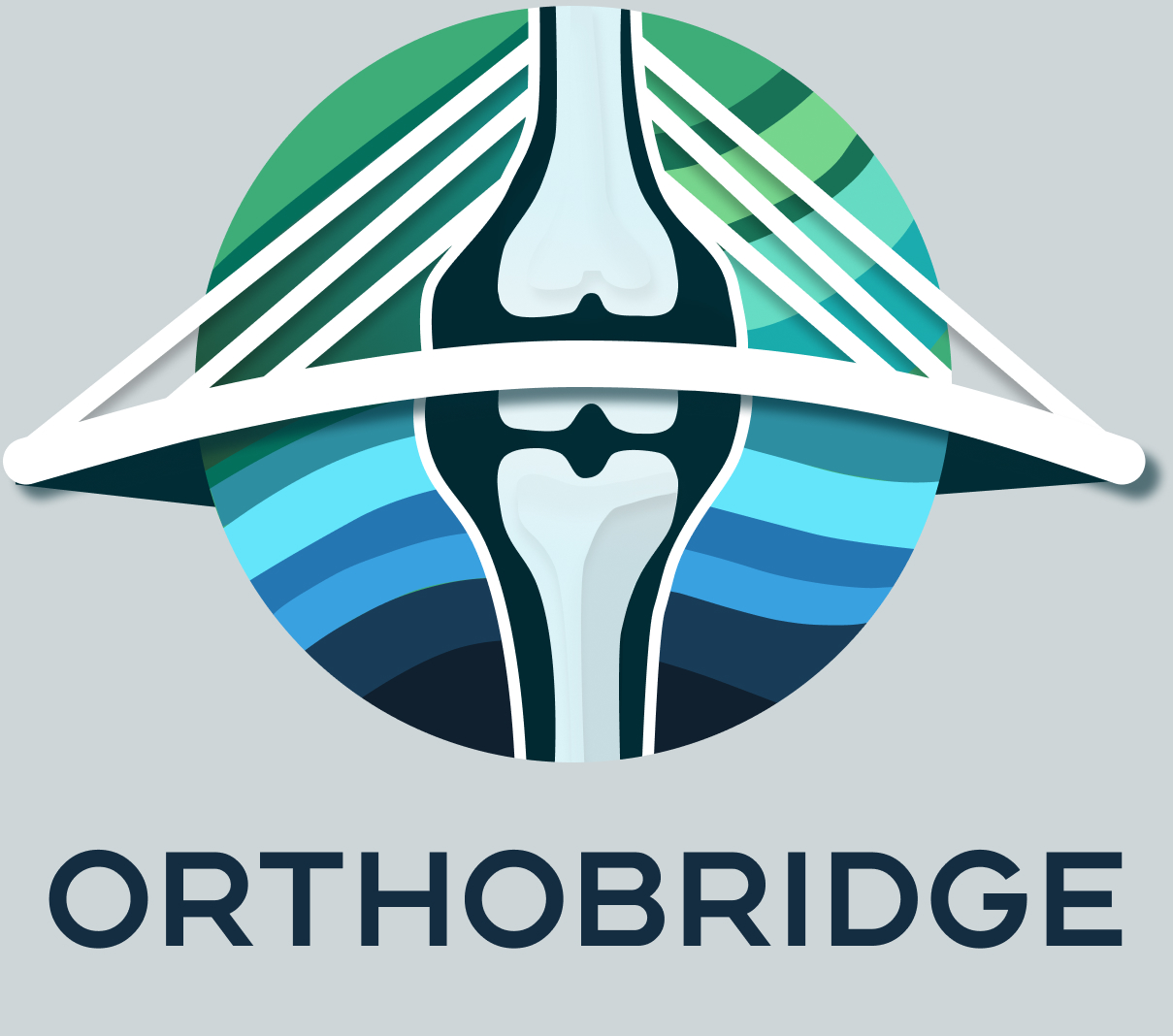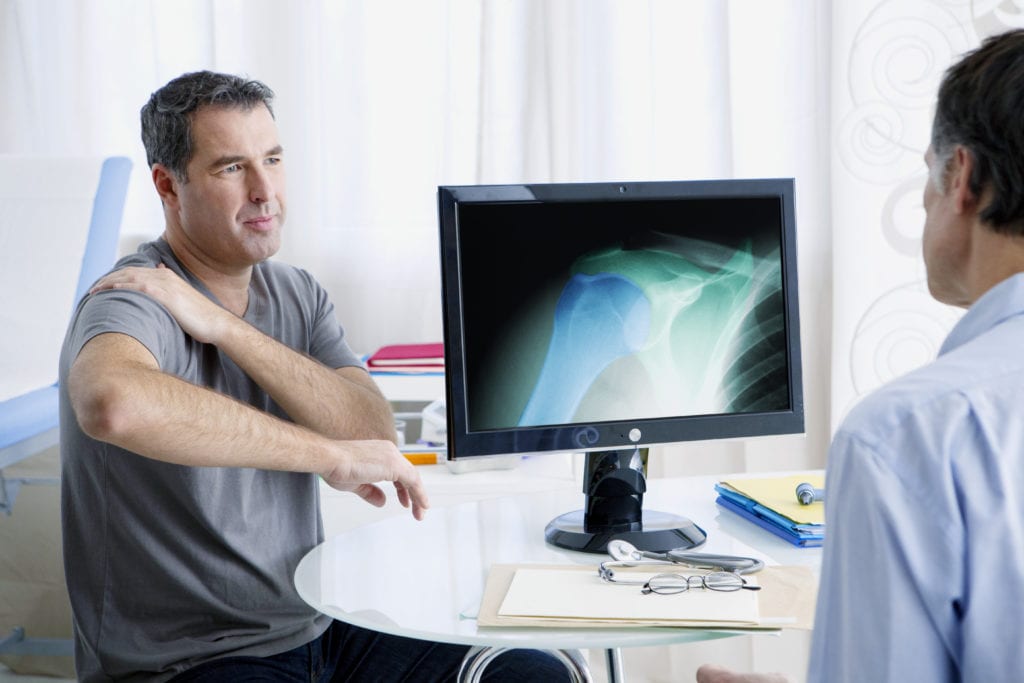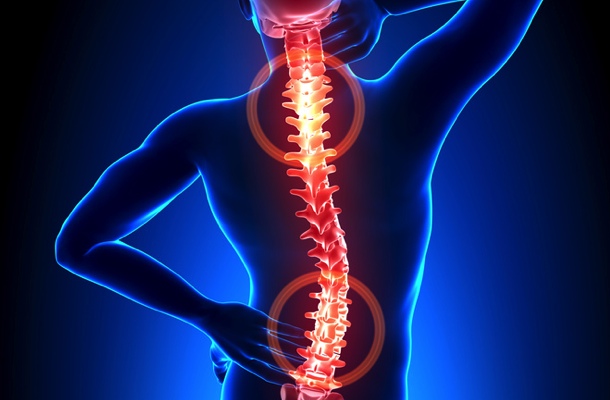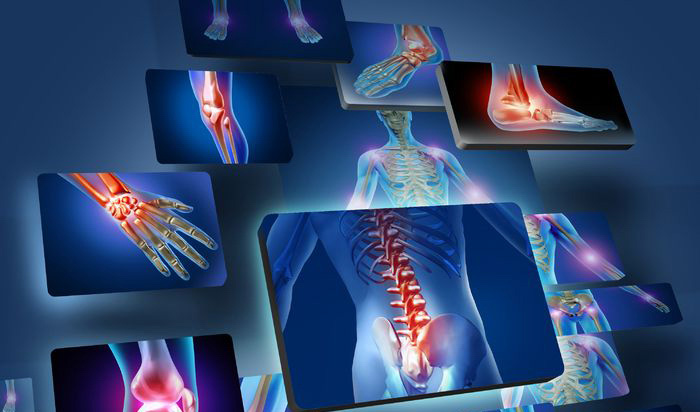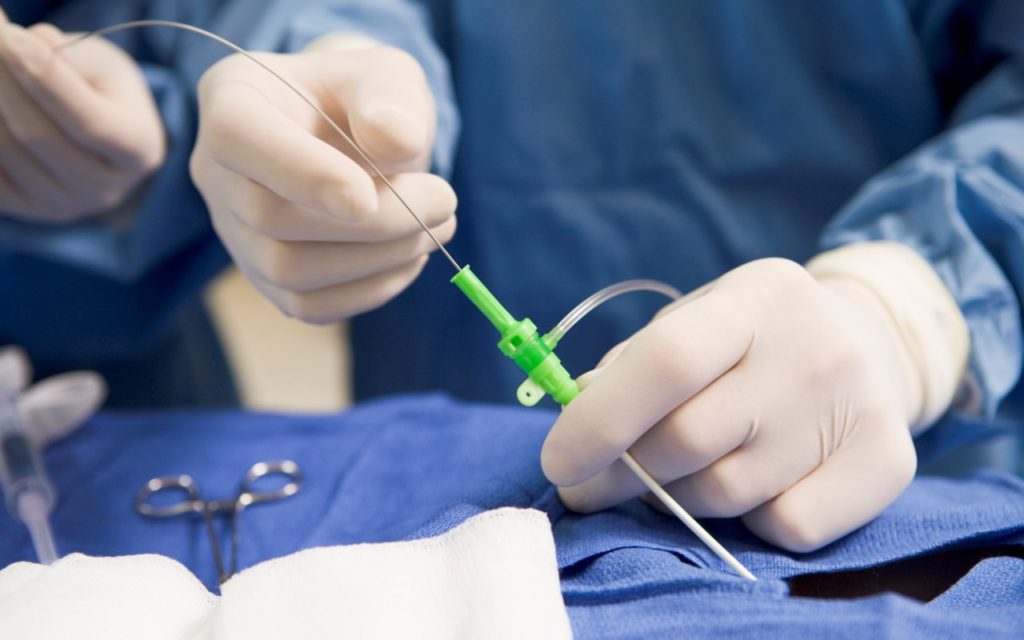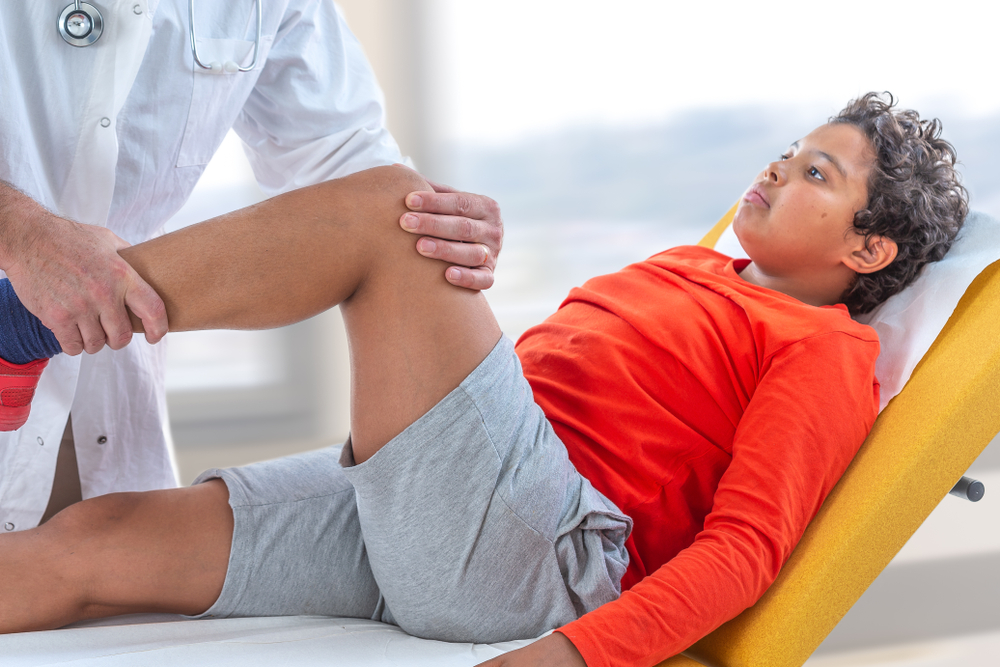What is Arthritis?
Arthritis is inflammation of one or more of your joints. A joint is an area of the body where two different bones meet. A joint function is to move the body parts connected by its bones.
Normally a joint consists of two smooth, cartilage-covered bone surfaces that fit together as a matched set and that move smoothly against one other.
It results when these smooth surfaces become irregular and don’t fit together well anymore and essentially “wear out.”
It can affect any joint in the body, but it is most noticeable when it affects the hands and fingers.
What are the early signs and symptoms of arthritis?
The most common signs and symptoms of this condition involve the joints. Depending on the type of arthritis you have, your signs and symptoms may include:
- Pain
- Stiffness
- Swelling
- Redness
- Decreased range of motion
- Loss of flexibility

Types of Arthritis
There are many types of arthritis (over 100 identified, and the number is growing). These types range from those related to wear and tear of cartilage (such as osteoarthritis) to those associated with inflammation resulting from an overactive immune system (such as rheumatoid arthritis).
Let’s discuss the 3 most common types of this condition.
1. Osteoarthritis
The most common type is osteoarthritis. It involves wear-and-tear damage to your joints’ cartilage — the hard, slick coating on the ends of bones. Enough damage can result in bone grinding directly on bone, which causes pain and restricted movement. This wear and tear can occur over many years, or it can be hastened by a joint injury or infection.

Osteoarthritis often affects the joints that bear weight such as knees, hips, hands, and spine.
Treatment for this condition focuses on relieving symptoms and improving function and can include a combination of patient education, physical therapy, weight control, and the use of medications.
2. Rheumatoid arthritis
In rheumatoid arthritis, the body’s immune system attacks the lining of the joint capsule, a tough membrane that encloses all the joint parts. This lining, known as the synovial membrane, becomes inflamed and swollen. The disease process can eventually destroy cartilage and bone within the joint.
Optimal treatment involves a combination of medications, rest, joint-strengthening exercises, joint protection, and patient education. Treatment is customized according to many factors such as disease activity, types of joints involved, general health, age, and patient occupation.
Rheumatoid arthritis treatment is most successful when there is close cooperation between the healthcare professional, patient.

3. Psoriatic arthritis
Psoriatic arthritis is a condition that features red patches of skin topped with silvery scales. Most people develop psoriasis first and are later diagnosed with psoriatic arthritis, but the joint problems can sometimes begin before skin lesions appear.
It occurs when your body’s immune system begins to attack healthy cells and tissue. The abnormal immune response causes inflammation in your joints as well as overproduction of skin cells.

Who is at risk of developing arthritis?
Some factors can increase your risk of developing arthritis and which include:
- Frequently the risk of many types of arthritis will increase as you grow older.
- Women are more at risk of developing rheumatoid arthritis, while men are more likely to develop another type of arthritis called gout.
- Extra weight puts additional stress on your joints and especially on your spine, hips, and knees.
- Previous joint injuries. If you have injured a joint before, there is a greater risk that you will eventually develop arthritis in that joint.

Diagnosing Arthritis
Your joint specialist can assess your joints for signs of arthritis and evaluate your range of motion. Laboratory tests of blood, joint fluid, and urine can help to identify the type of arthritis. Diagnostic imaging is extremely useful.
Tests for arthritis may include:
- X-rays can identify bone damage, cartilage loss, and bone spurs. Often, x-rays will not reveal the early signs of arthritis, but they are useful in tracking the progression of the disease.
- A computerized tomography (CT) scan creates a detailed cross-sectional view of internal structures and is useful for visualizing the bone and surrounding soft tissues.

- Magnetic resonance imaging (MRI) uses radio waves to provide even more detailed cross-sectional images of soft tissues, including ligaments, tendons, and cartilage.
- Ultrasound uses high-frequency sound waves to image soft tissues and is extremely useful in guiding needle placement for joint injections or aspirations.
Arthritis Treatment in Kenya
Your doctor may prescribe anti-inflammatory medicine. They may recommend occupational therapy or physiotherapy, which includes exercises and heat treatment.
Initial treatment for osteoarthritis of the hip or knee is conservative, consisting of rest, avoidance of vigorous weight-bearing activities, and the use of non-narcotic analgesic and or anti-inflammatory medications. With worsening symptoms, a cane or a knee brace may be helpful.
For more severe symptoms, an injection of cortisone into the joint is frequently advised and can be quite helpful.
When conservative measures have been exhausted and are no longer helpful, and arthritis has become disabling, surgery may be recommended.
Each treatment provided is carefully tailored according to the type of arthritis identified during diagnostics. Arthritis treatment focuses on improving joint function and relieving symptoms. At Orthobridge Orthopedics Center in Kenya, we may suggest combining several treatments to obtain the best outcome.

